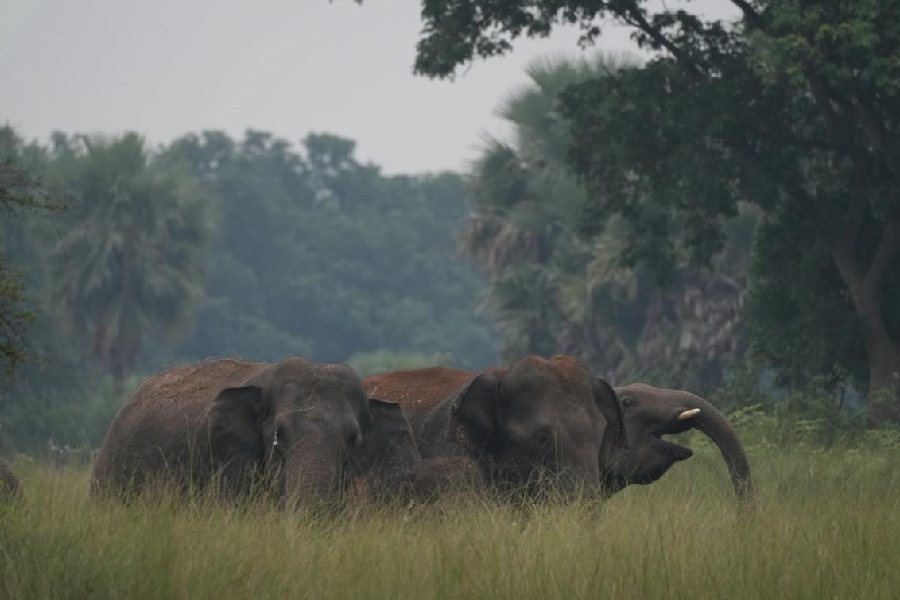Chief minister Mohan Charan Majhi’s suggestion to grow paddy inside forests to curb human-elephant conflict has left Odisha’s forest department scrambling for solution, with officials questioning the feasibility of such an exercise amid manpower and logistical constraints.
Majhi floated the idea during a divisional forest officers’ conference at the Lok Seva Bhavan on Tuesday, saying that cultivating paddy within forest areas could create food reserves for elephants and dissuade them from straying into human habitations.
“It’s not practically possible to carry out traditional paddy farming inside forests. It requires ploughing, sapling transplantation and other labour-intensive steps. We will examine the viability of the suggestion,” said a senior forest department official.
Elephants often venture into farmlands on the forest fringes in search of food, especially paddy, leading to frequent and sometimes deadly encounters. Odisha has recorded 624 human deaths in man-elephant conflicts over the last five years, and the toll is expected to rise.
A recent viral video showed an elephant blocking trucks on the Sundargarh–Mandijoda road in the Koida forest range. Officials said the animal posed no threat and appeared to be seeking food.
Principal chief conservator of forest (wildlife) P.K. Jha told The Telegraph: “As the chief minister has suggested, we will certainly explore the idea. Rice is a type of grass, and instead of traditional paddy, we can look at alternatives that don’t require rainwater or intense human labour.”
He added that any such move would have to comply with central government guidelines, especially within sanctuary areas.
Jha stressed the need to strengthen the forest food base for elephants, noting that the department is already cultivating fodder species such as bamboo, banyan and wild grasses.
The forest department has launched a unique initiative to regenerate bamboo in forest areas by dispersing mud balls filled with bamboo seeds over barren patches.
Each ball, resembling a cricket ball, is made of 50–100g of muddy soil and contains 10–15 seeds. These are mixed with pesticides to protect them from insect attacks, dried for 24–48 hours, and then thrown in the forest during the rainy season. Shoots are expected within three months and full-grown bamboo bushes within a year.
Divsional forest officer, Angul, Nitish Kumar said: “Besides bamboo, we are also planting mango and palm trees — both are among elephants’ preferred food. Last year, we planted 70,000 palm trees in our division, and this year we aim to plant another 74,000.”










